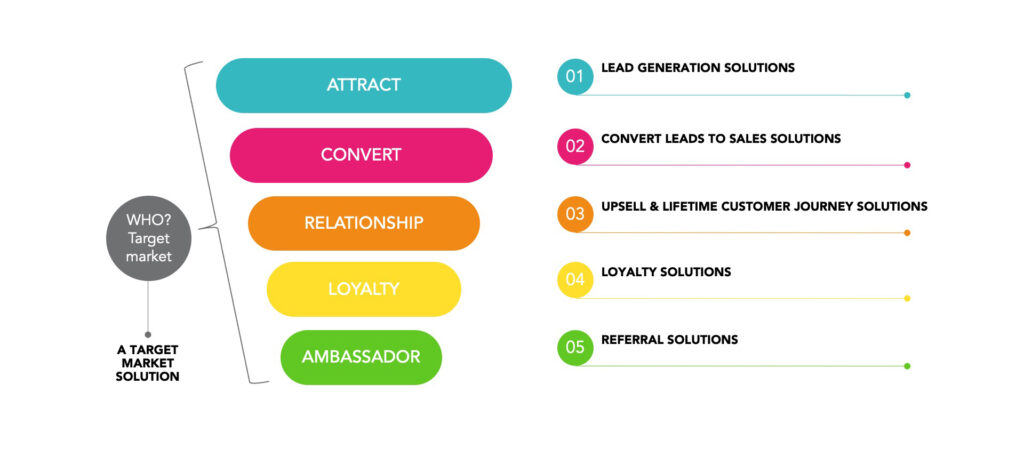The launch that fell flat
This is a true story of an organization (name changed) that doubled down on what turned out to be a major flop. Let’s hear the tale told by a former employee:
“I still remember the energy in the room at Payment Anonymous. It was the launch day of the new solution “a smarter way to invoice”.
Our new invoicing was sleek, secure, and built by experts. Our marketing team had pushed it everywhere. Our slogan?
“A Smarter Way to Invoice“
Drums rolled. Confetti exploded. The CEO stood proudly in front of the press and declared:
“We are launching our new invoicing service today, and we are incredibly proud of it! Say hello to A smarter way to invoice!”
The clock turned 12am and we checked our system activity. Nothing! We logged into our analytics dashboard; people had clicked our links but then aborted. No one seemed to care about our new product! Something was terribly wrong!
We had reached all our customers, but no one had signed up for the new solution!
Panic in the leadership team
By noon, the leadership team was huddled in the conference room. Silence. Confusion. Frustration.
“How is this happening?” someone asked. “We reached millions!”
“We built an amazing product,” another chimed in. “We just need more exposure.”
Something wasn’t adding up.
Pulling up customer engagement reports, the leaders started dissecting the data.
- Small businesses? Visited the site, left immediately.
- E-commerce brands? Ignored it, already integrated with Klarna.
- Enterprise clients? Looked interested but never signed up, too complex.
18 months of work down the drain
The invoicing product had been a direct response to Klarna’s invoicing services that 18 months earlier had disrupted the payment market. Consumers had quickly changed their behavior, and investors had gone wild throwing money at Klarna.
As a response the leadership at Payment Anonymous had said:
“We have to respond! If we don’t build our own invoicing, we’ll be left behind!”
The CEO had shouted while frantically waving a PowerPoint titled “Strategic Market Adaptation”.
In panic mode hurried decisions were made, Payment Anonymous paused most of their ongoing initiatives:
- The major platform upgrade that would improve system stability? Postponed.
- The new subscription model that could ensure steady revenue? Tossed in a drawer.
- Small, incremental improvements based on customer feedback? Pfft, who needs those? After all, Payment Anonymous are experts in our business and very experienced!
Every resource was redirected to building “A Smarter Way to Invoice” which was a copycat of Klarna’s invoicing service that had taken the market by storm.
However, no one at Payment Anonymous was gathering feedback or testing the new invoicing service. They were fully committed to the “Strategic Market Adaptation” strategy provided by their leaders. After all, they had seen the market response for Klarna’s solution and as experts in the payment field with high experience why would they? They believed they had all the information they needed to make a big decision to deliver a new invoicing service as this definitely was what customers would want.
Payment Anonymous vanished into a black hole of waterfall project planning, rigid roadmaps, and a complete lack of verification with customers. However, at the launch the market had moved on.
While Payment Anonymous had spent 18 months perfecting a replica of a very good but now outdated idea, Klarna had used small iterations to create a customer centric solution based on the customer journey improving the online shopping experience.
Payment Anonymous had built a product for businesses.
Klarna had built a solution for online customers.
What is the difference?
Payment Anonymous’ strategic approach
Payment Anonymous had made a big decision and poured all its resources into it. All-in on a single, massive launch without testing demand.
- No clarity of who was going to use the solution (the end customer was not considered at all; they only considered their direct customers the merchants)
- No attract products to bring in early adopters.
- No lead products to onboard consumers and build trust.
- No small batch testing to validate what customers wanted and needed.
- No upsells, loyalty incentives, or ambassador programs to drive engagement and bring in friends of early adopters organically.
Anonymous Inc. had spent millions only to realize it didn’t even know who its ideal customer was.
Meanwhile, Klarna had done the exact opposite.
Klarna’s strategic approach
Instead of launching a single big product and hoping for success, Klarna had structured their offerings around the customer journey to optimize the customer experience. They ensured every step was tested, optimized, and designed for habitual adaptation by the end consumers. They had used a funnel to identify the customer journey and improve the customer experience of online shopping with the end user in focus.

Klarna’s hypothesis before its launch:
We believe online shopping will increase due to demographic changes and the globalization in the market. As a result consumers will want and need to make easy and secure payments. If this is true businesses offering them will expand because they offer our easy and secure payments.
WHO: A customer who would like to make online shopping easy and secure.
ATTRACT: Small-batch testing & onboarding solutions
- Free invoicing tools and flexible payment solutions to attract consumer early adopters.
- Focused on consumers first (shoppers) before scaling to businesses.
CONVERT: Solutions with low commitment entry points
- Low or no-cost instalment plans that build trust with consumers.
- Make businesses dependent on Klarna’s ecosystem as a result of the consumer demand.
RELATIONSHIP: Core Solutions developed through iterative market tests
- Klarna scaled when the hypothesis demand was confirmed. (Unlike Payment Anonymous, who built first and hoped for demand, Klarna optimized their solution before expanding.)
- Upsell solutions used to expand the relationship with businesses were sold as add-ons only after businesses were fully onboarded. Such as dashboards, reporting tools, and API integrations.
- Relational Solutions that deepened the engagement was offered such as marketing insights, loyalty programs, and financing tools to businesses. This strengthened long-term relationships with merchants.
LOYALTY: Solutions improve loyalty in the long-term
- Membership programs for both businesses and consumers to lock them into the Klarna ecosystem.
AMBASSADOR: Solutions to turn users into brand ambassadors
- Referral incentives, partnerships, and co-branded campaigns to expand reach.
Instead of hoping customers would buy,
Klarna designed a solution journey where conversion was inevitable.
They created a consumer demand first that made businesses want their solutions as it meant they could offer consumers easy and secure payments without risk. Klarna had a win-win-win mindset.
The lesson
Don’t build until you know who you’re building for and what they want!
Disruptors don’t just launch products. They build a connected experience where every step leads naturally to the next.
Payment Anonymous learned this the hard and expensive way. They had treated their Invoice 1.0 as a standalone product, something organizations would just adopt because it existed. But the reality is, modern solutions don’t succeed in isolation.
Meanwhile at around the same time a team at Payment Anonymous had been testing a new solution and gotten a strong positive response from customers. Customer feedback was clear:
“This is amazing, you can’t get this from anyone else, I love it, this is exactly what we need.”
One of the team members recounted what happened.
“We felt frustrated and irritated that executives and product management didn’t seem to care and fully ignored the obvious unique selling point (USP) we had discovered. When we spoke with them, it felt like we were talking to a wall that wouldn’t listen to us and just gave us nonsense in return. It felt like they had blinders on, only seeing what they wanted to see. It was clear to us that they would rather do what they had decided and follow a plan than adapt to what customers wanted and needed. We presented data to support our case, proved it in fact, still no one listened. We told stories of customers who loved it, but it felt like they did not want to understand or care about the customers, they wanted us to shut up and do what we were told. That’s why so many resigned, who would want to work where you are blocked from helping the customers and encouraged and rewarded for doing what no customer wanted?”
What can you learn from this story?
Disruptors like Klarna understand that a product is only as strong as the customer journey it fits into. Instead of launching a single, all-in-one solution, they had built an ecosystem, one that guided both businesses and consumers through a natural progression of trust, adoption, and deeper engagement.
Customers no longer buy products. They adopt ecosystems.
Here’s what that means for every business moving forward:
- You don’t launch a core product first. You start with attract and lead solutions that bring customers in at low commitment.
- You don’t build for “everyone.” You tailor solutions for different customer segments and needs.
- You don’t sell features. You design an end-to-end experience that solves pain points at every step of the customer journey
- You don’t stop at one transaction. You create upsell, relational, and loyalty products that keep customers engaged over time.
- You don’t rely on ads alone. You design referral programs that turn customers into your best marketers.
Instead of building a product and hoping customers fit into it, disruptors build the journey first, and the solution follows.
The days of launching a single, one-size-fits-all core product are over.
The companies that understand and integrate into the customer journey will define the future.
Avoid ignoring great employees and customer data. Learn more by reading the story of what could have been a true competitive advantage and brought real success for Payment Anonymous had they only understood who their customer was and what they wanted.
Do you build your solutions around your customer journeys and adapt your solutions to your target market?


